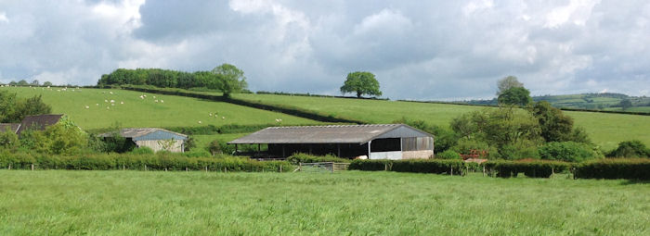
Many owners of agricultural businesses hope to pass the business on to the next generation. However, a large number are held back by inadequate succession planning.
Succession is not only about retirement, it is about having a long term plan and its adequacy is critical; particularly with the financial pressures currently faced by British agriculture.
Fear of conflict
All too often Successors feel that it is too difficult to start the conversation for fear of family conflict, while those in a position to hand over the business may believe Successors do not have the right skills or are not sufficiently interested. Full and open discussion between all individuals affected by succession is crucial to fulfil a family’s values and objectives and it may be necessary to accept that equality is not always practical.
What to consider?
The first step in succession planning is to get a clear picture of the current position of the agricultural business in terms of assets, ownership and current values. Machinery, livestock, growing crops, cash, mortgage and other debts should be listed and valued as well as land and property assets.
All those involved need to think five to 10 years ahead and take a step back; enabling an objective understanding of the aims and ambitions of different individuals and the pressures they are under.
A successful succession plan puts the right people in the right place at the right time, allowing family members to meet their own ambitions. It identifies problems and provides alternative solutions.
Providing for each group and generation – one successor per business
The next step is to start to understand what those involved want and need from the business and the property. The biggest obstacle will usually be how to provide for a retiring generation and/or non farming family members. Balance is needed between the needs of the business, the needs of the retiring members and the ability to use farmland and assets to gear-up for investment in non-farming ventures.
Once everyone’s objectives are clear, consider whether to keep things together as one business or to split different business interests.
For businesses with development or potential development land, or a diversified business, there is greater flexibility to provide for non farming family members, through gifts of residential or other property, or by their taking on an alternative enterprise.
‘Cost of starting is too high’ – ‘If there is a split we will lose what we have built’
Consider separating land from the business; land can be owned by several family members, but not all need to have a direct input into the farming. Successors could take over management, with heirs taking on ownership of assets. Successors and heirs can be the same people but not necessarily.
Flexible business structures such as partnerships, contract farming and more recently joint ventures offer greater flexibility in terms of how to trade and farm. Contract farming agreements or FBTs can allow those not directly involved in the farming business to earn a return from the farm and occupation of land and/or use of farming assets can be limited to a number of years, or to a lifetime.
Partnerships offer the most flexible trading structure for most family farms, allowing shares and rewards to be changed by agreement between partners. A new partner can be introduced without assets having to be transferred at the same time, allowing a gradual approach to be taken.
Handing over control – total or partial
Assets do not have to be given outright, they can be transferred in stages by gift or sale to family members, but remember lifetime gifts are only exempt from Inheritance Tax if the giver survives seven years.
Tax
There are important tax considerations which also have legal implications that should be considered as part of succession planning. Ownership should be clearly established and then reviewed to see whether assets should be held differently for a better tax outcome.
With farmland qualifying for 100% Agricultural Property Relief (APR) from Inheritance Tax (IHT), there is little tax incentive to pass on assets while the giver is still alive. Despite frequent warnings, many families still risk loss of Agricultural Property Relief by leaving the older generation in the farmhouse and giving away or letting land. The new nil-rate band on farmhouses may assist and be a better way of dealing with the house, leaving a simply FBT option on land.
Passing on qualifying assets on death usually also has a Capital Gains Tax (CGT) advantage compared with moving the same asset during lifetime, especially if land or buildings were to be sold in the near future.
Documents
Wills, partnership and shareholder agreements must be relevant, up to date and reviewed regularly. Old, out of date or poorly drafted documents can be just as problematic as no Will or agreement at all.
Wills should be drawn up alongside restructuring plans, remembering that both marriage and divorce revoke a will. Wills should also deal with entitlements, otherwise they form part of residue of estate and could end up in hands of a party with no land.
All asset transfers should be properly documented and relevant authorities notified, including your bank. Partnership Agreements should match what is actually going on and issues such as termination of the agreement, retirement of partners, death, mental incapacity and dispute resolution need to be addressed.
Pre- and post-nuptial agreements can be used to protect family assets. Co-habitation does not confer the same rights as marriage
For further information about succession planning contact Charles Meynell on 01785 273999 or email here